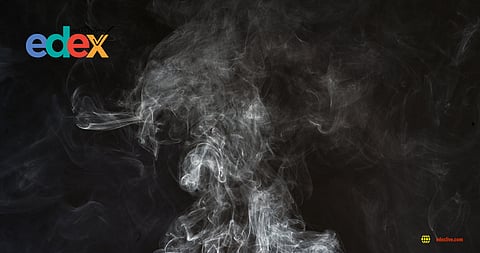

Delhi residents woke up on Tuesday, October 21, a day after the Diwali celebrations, blanketed in a thick, heavy layer of smog as post-festival pollution drove the Air Quality Index (AQI) into the ‘Very Poor’ category.
Supreme Court guidelines and violations
The Supreme Court had allowed the use of green firecrackers in Delhi-NCR between 8 pm and 10 pm on Diwali, which was celebrated on Monday. However, many flouted the court directions, with celebrations continuing late into the night.
Air quality index readings
According to the Central Pollution Control Board (CPCB), Delhi’s overall AQI stood at 350 as of 8 am, with most monitoring stations recording hazardous levels in the ‘Red Zone’ of pollution. The air quality crisis intensified in several Delhi hotspots, which crossed the 401-mark into the ‘Severe’ category (AQI 401-500). Bawana registered the highest AQI at 423, closely followed by Wazirpur (408) and Jahangirpuri (407). Many other locations remained entrenched in the 'Very Poor' range (AQI 301-400), including Punjabi Bagh (376), Mundka (366), Anand Vihar (358), and Burari Crossing (399). Even key areas like IGI Airport (Terminal 3) and ITO recorded readings of 302 and 342, respectively.
Comparative air quality across India
In contrast to Delhi's struggle, the air quality in several other major Indian cities remained in less dangerous categories. While Mumbai (214), Patna (224), Jaipur (231), and Lucknow (222) were marked ‘Poor,’ Bengaluru (94) remained ‘Satisfactory’ and Hyderabad (107) and Chennai (153) were in the 'Moderate' range.
Anticipating the potential for a post-Diwali surge in pollution, which occurred despite the Supreme Court's allowance for only 'green fireworks' under certain conditions, the Commission for Air Quality Management (CAQM) had already imposed Stage 2 of the Graded Response Action Plan (GRAP) across the National Capital Region (NCR).
